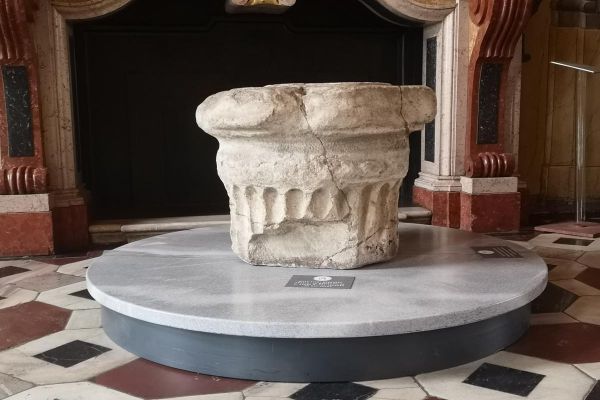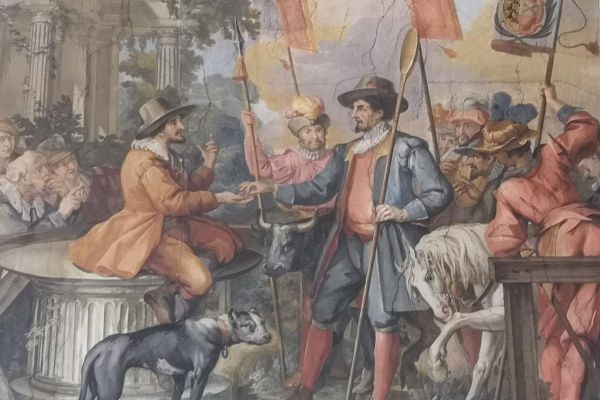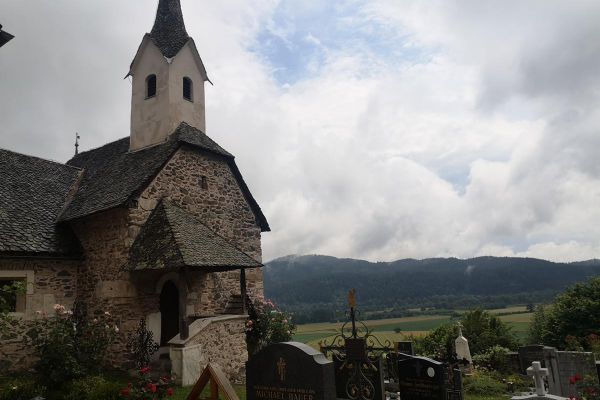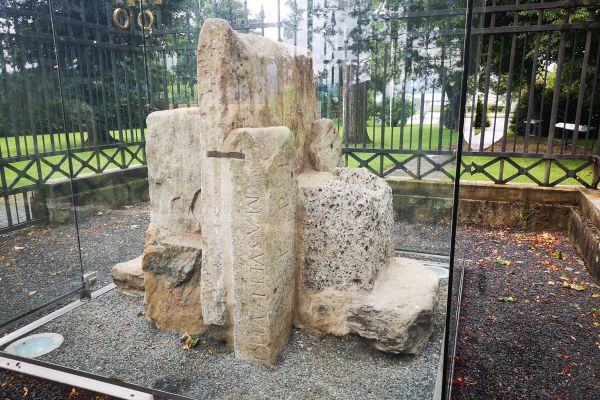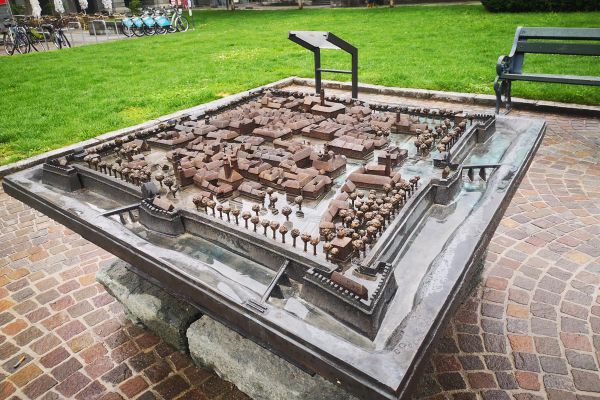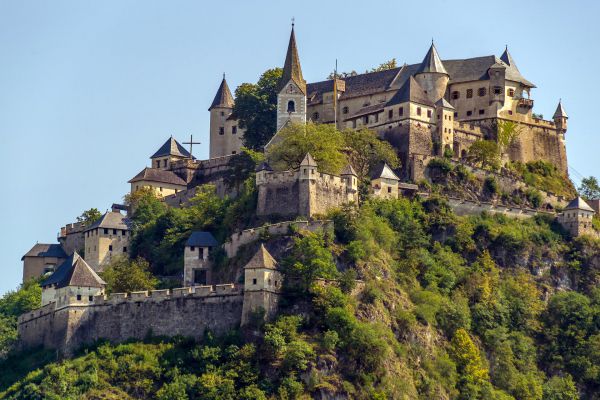The principality of Carantania was particularly notable for its ancient ritual of appointing Carantanian dukes. The ritual took place at the Prince’s Stone (Knežji kamen) which was performed in a Slavic language and persisted in its original form until the first half of the 15th century. This specific ceremony was also noted by French historian, Jean Bodin in his book, Six livres de la Republique; and was said to be then read by Thomas Jefferson, leading to speculation by some historians that it may have inspired him in writing the draft of his "Declaration of Independence".
This crossroads of the Alps, the Pannonian Plains and the Mediterranean was a very lively area before the period of Carantania. It was inhabited by a variety of diverse people who helped shape the area’s cultural heritage. The most notable being the Illyrians during the early Iron Age, followed by the Celts, who in the 3rd century BC established the Celtic Kingdom of Noricum, which later became a Roman province. The period under the Roman Empire left a rich cultural heritage in the first towns that appeared in this area.
It wasn’t until the 16th century that the rich blend of old and new matured enough to have its language published, sowing the seeds of its first national programme.
PROGRAM
Take a scenic drive through one of the sweeping Alpine passes to Klagenfurt, the capital of Austrian Carinthia, where we will visit the region’s seat of power and see the legendary Carantanian Prince’s Stone as well as touring the old town and main city square.
After a short break we will continue onto the village of Karnburg, visiting the site of a castle ruin, once known to be home to the region’s Princes. We will head to the church of Maria Saal, an important place of pilgrimage and final resting place of Irish bishop Modestus, who was known to have brought Christianity to the local Slavic speaking people. After visiting the church and former fortress, we’ll visit the Duke’s chair, a medieval stone seat dating back from the ninth century.
After lunch we’ll take a drive to Hochosterwitz castle, an outstanding example of a medieval fortress and stronghold. The winding access is blocked by 14 fortified gates that lead to the castle’s armoury, right in front of the main castle. During this visit learn how these 14 gates were the castle’s main distinctive feature and made this clever and technically superior construction impregnable for enemies.
The tour concludes with a drive back to Slovenia.






